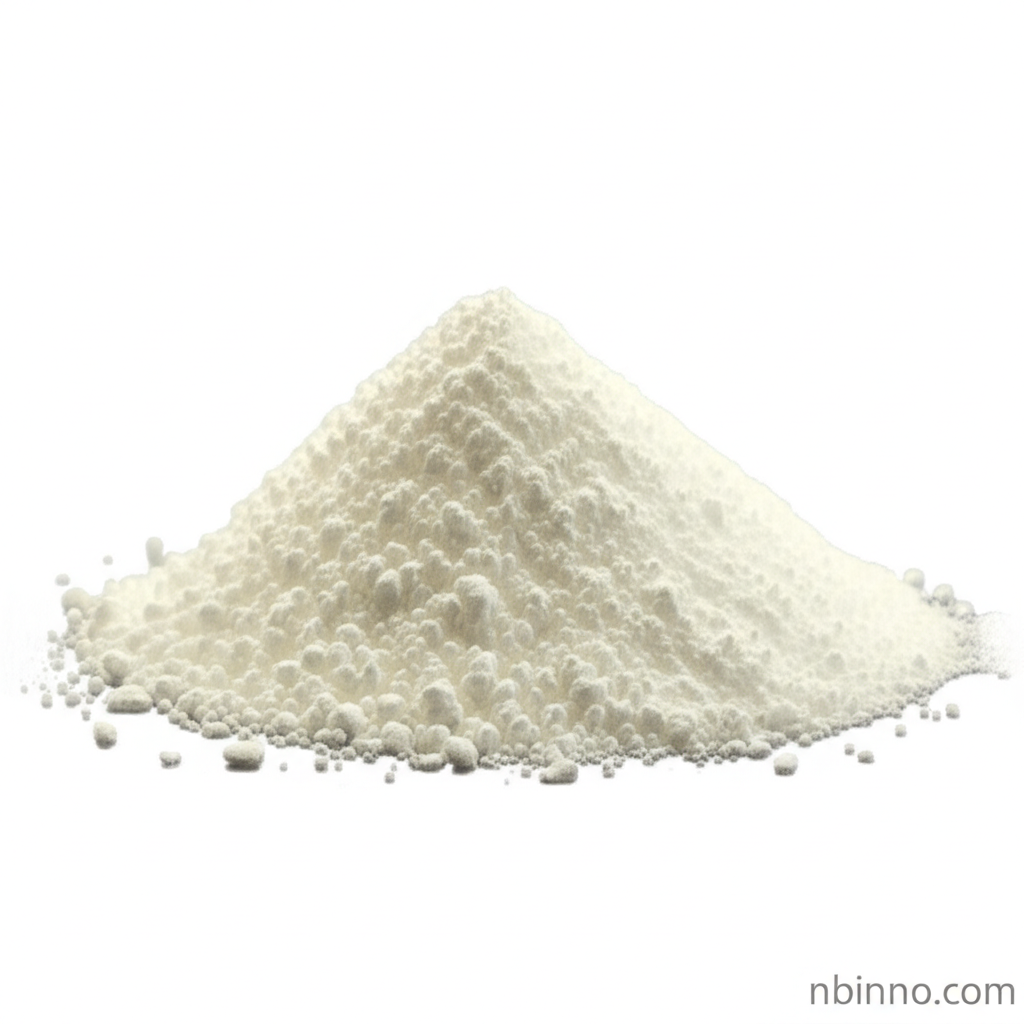Indole-3-Acetic Acid: A Vital Plant Hormone and Beyond
Discover the essential role of IAA in plant development and its diverse applications in science and industry.
Get a Quote & SampleProduct Core Value

Indole-3-acetic acid
Indole-3-acetic acid (IAA) is the most prevalent naturally occurring plant hormone within the auxin class, playing a pivotal role in orchestrating plant growth and development. Its intricate functions extend to governing cell division, elongation, and the overall coordination of plant organs. Beyond its primary role in phytology, this compound has garnered attention for its potential in diverse scientific fields.
- Understanding Indole-3-acetic acid synthesis pathways reveals the complexity of plant hormone production.
- The IAA plant hormone function is critical for plant development, influencing everything from root growth to flowering.
- Exploring the IAA chemical properties provides insights into its stability and reactivity for various applications.
- Auxin plant growth regulation is a key area of research, with IAA being a central focus for optimizing crop yields.
Advantages You Gain
Plant Development Optimization
Leverage the power of IAA in plant growth regulation to enhance crop productivity and resilience, a key aspect of agricultural biotechnology innovations.
Versatile Chemical Applications
Its well-defined chemical synthesis and properties make it a valuable component in fine chemical synthesis applications, offering predictable results.
Scientific Research Advancement
Utilize IAA for groundbreaking research in organic chemistry in plant science, exploring hormonal signaling in plants and microbial interactions.
Key Applications
Plant Growth Regulation
As a principal auxin, IAA is indispensable for modulating cell division and elongation, crucial for healthy plant development and maximizing yields.
Biotechnology Research
Its role in understanding plant hormonal signaling makes it a vital tool in biotechnology research, driving advancements in agricultural practices.
Organic Synthesis
The chemical structure of IAA lends itself to various organic synthesis applications, serving as a building block for complex molecules.
Microbial Studies
Investigating IAA in bacterial physiology and fungal symbiosis offers insights into plant-microbe interactions and sustainable agriculture.
